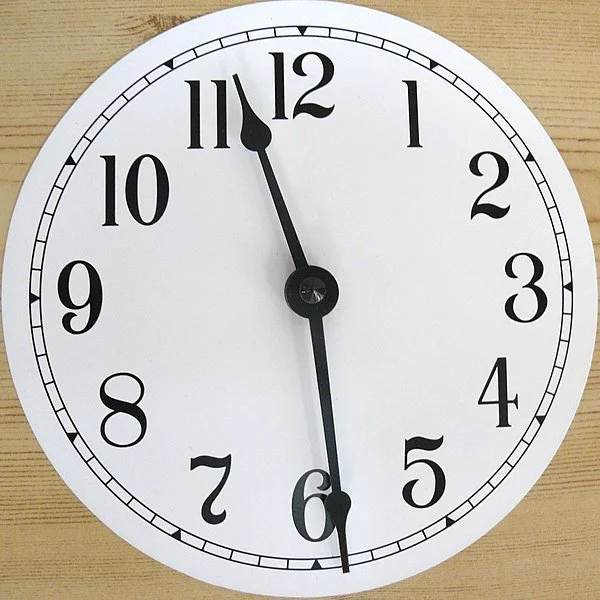The answer is…
A clock!
Analog clocks are the clocks that have two hands that go around in circles to show the time.
The shorter hand on the clock shows the hour
The longer hand on the clock shows the minutes
Some analog clocks may even have three hands because they have another hand that shows the seconds.
What is my child learning?
In elementary school, children learn about measuring things. This includes weight, height, and volume, as well as time and eventually elapsed time. As early as 1st grade, children will start to learn to tell time on an analog clock. This activity exposes children to various tools of measurement for time as well as some of the vocabulary they will need in order to tell time and determine elapsed time as they progress through elementary school.
Let us know what you think.
Share Dancing Panda with your friends.
Extra Resources
Other Kinds of Clocks
A digital clock is a clock that displays the time using numbers on a screen, making it easy to read and understand.
A sundial is a clock that uses the position of the sun's shadow to tell the time, relying on the movement of the sun throughout the day.
A grandfather clock is a tall, freestanding clock that typically stands in a corner and chimes to mark the hours, often considered a classic and elegant timepiece.
A cuckoo clock is a clock that features a small mechanical bird or figurine that pops out and chirps or moves to indicate the time, adding a playful and decorative element to the clock.
An hourglass is a clock that uses the flow of sand through a narrow passage between two glass bulbs to measure time, with the sand taking a specific amount of time to pass from the top to the bottom, creating a visual representation of the passing time.

